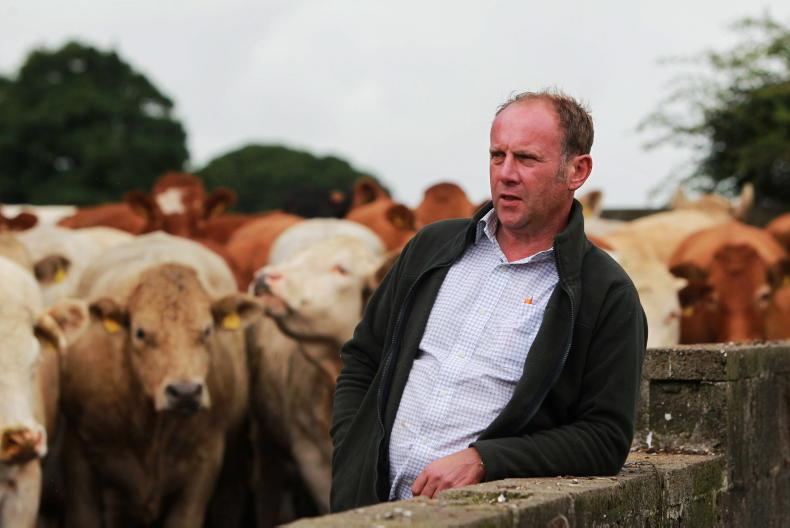The village of Kildalkey may be known for its hurling prowess, but certainly not for its lakes. That’s because it doesn’t have any.
There are no lakes on the plains of Meath which, incidentally cover just 40% of the county; the remaining landscape is more varied and undulating, with eskers and even drumlins in the northwest corner of the county.
But in a wet spring, this lake thing isn’t quite true. We have one field, Tulnagee, which runs down to the back of the village.
When the housing estates were thrown up in the Celtic Tiger era, the developers messed up our drainage outfalls and now the ditch water has nowhere to go.
Consequently, in prolonged wet periods, typically in the springtime when the water table is at its highest, a small lake forms in the hollow in this field.
This is what has happened this year, and the ensuing lake might cover two acres. But like a turlough, which of course it isn’t, it’ll disappear quite quickly.
However, the wheat crop will be lost and spraying and spreading is made more difficult.
As tillage farmers will know, if you steer off the firmer tramlines in a wet spring, you’ll quickly need a tractor and tow chain.
But based on this premise, I took a chance and crossed the lake’s three tramlines with both spreader and sprayer and it held good. (For those who are concerned about such matters, I didn’t apply any product).
Godsend
And what a Godsend those three fine days in a row were in the run-up to Easter. As I write this on Easter Sunday morning it’s still fine, but the forecast is for a return to wet and windy weather, which will rubber stamp this spring as one of the wettest in decades.
These three days were a gift and greatly eased the pressure that was rapidly building up inside my head to get some field work done.
The flowering oilseed rape crops were sprayed with Caryx last weekend in very mucky conditions but I had a pile of field work to do with the winter cereals.
Firstly, there was the delayed first split of plant growth regulators and fungicides to go out on the barley and wheat, and herbicide (Pacifica) to be completed on wheat.
Then there was a second or third split of nitrogen to go on all the crops. As ever the min-till crops travelled so much better than the ploughed winter barley, which does look good, but boy was it mucky.
Spring barley
With the spreading and spraying now up to date, the next task is to sow the spring barley. I’m not overly concerned about this, but it would be good to get it in shortly. The February-sown beans are fine, with the exception of one field which is patchy due to springs and wet spots.
Though I’m glad they are sown, as mid-April beans are not attractive. Combining late-sown beans at Halloween is very unappealing. Been there, done that and worn the muddy tee-shirt.
However, the spring sown oats have fared less well. One 44ac field has a totally bare 6ac patch, which will have to be darned in.
Once again, the water table and springs arose, waterlogging the soil and rotting the seed.
The cattle are still in, but that’s ok. We never get them out much before mid-April; our grass fields are often wet until May. As William Bulfin said in his 1907 book, Rambles in Erin: “The Meath men will not stock their land while the spring is raining. The soil is soft and the heavy cattle would cut it up too much.”
Nothing has changed and the weather certainly hasn’t improved. But is it any worse? I don’t think so.






 This is a subscriber-only article
This is a subscriber-only article










SHARING OPTIONS: